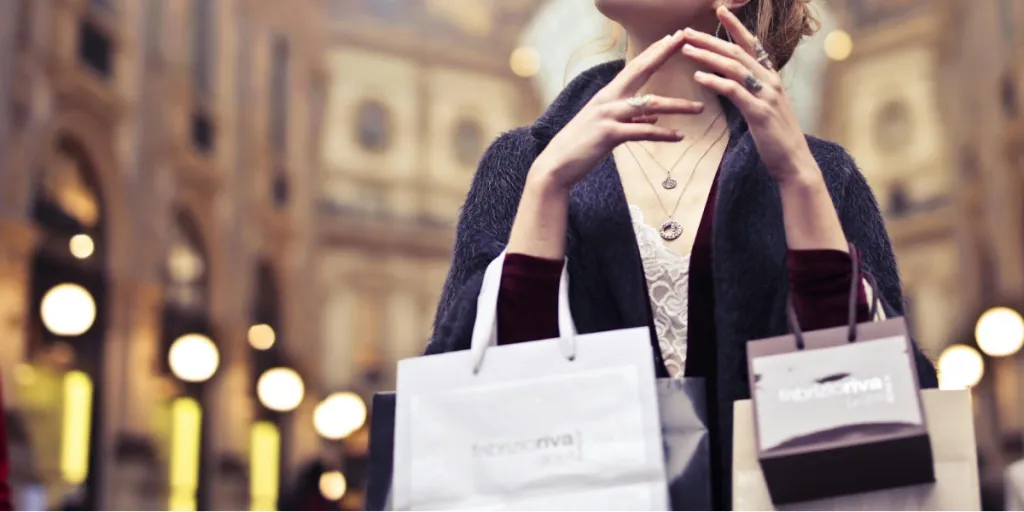US$ 392.40 billion.
That’s how much the luxury goods market will be worth by 2030. It’s anticipated to grow from US$ 284.00 billion in 2023 at an annual growth rate of 4.7%, according to this report.
Why should this concern you as a luxury retailer?
It means the retail industry is shifting from the mass market to a unique audience that values quality and prestige. While quality craftsmanship and exclusivity could take your brand far in the past, today’s luxury consumers expect all that and more.
Convenience is top on the list. But customers also seek holistic experiences and shopping journeys that are tailored, hassle-free, and immersive.
If you are wondering how to stay ahead in this market, then read on to discover five ways to deliver a luxury retail experience that will keep your buyers coming back for more!
Table of Contents
Sell emotions, not transactions
Understand and embrace high-end consumerism
Merge online and in-store luxury experiences
Integrate omnichannel touchpoints
Provide after-sale services
A memorable luxury retail experience is beyond the product
1. Sell emotions, not transactions
While regular retailers focus on persuading customers to buy based on a product’s immediate benefits, luxury retailers appeal to the customer’s emotions.
This involves tapping into the customer’s aspirations or status to convey feelings such as exclusivity, prestige, confidence, security, or content. Hence, before you sell, consider the emotion you want to deliver and how you’ll do so.
One way to evoke the feeling of exclusivity is to offer personalized or private services to high-end customers, like the stand-alone Gucci salon in Melrose Place, Los Angeles.
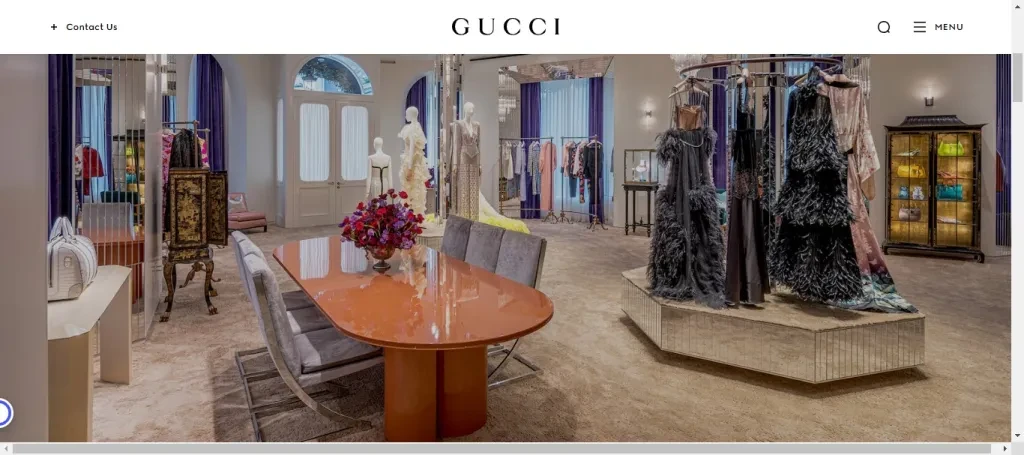
Their personalized services include appointment-only and invite-only programs curated to make the top spenders feel special, fostering a deeper connection with the brand and boosting loyalty.
In an interview with Fashionista, Juan Manuel Gonzalez, a consultant for luxury brands like Louis Vuitton and Burberry, highlights that luxury brands generate a more significant chunk of their profits from affluent customers despite being a small percentage of their clientele.
In essence, you can deliver luxury retail experiences even though you cater to different customer segments. You only need to create an offer that appeals to the emotions of high-end customers to drive high profits.
2. Understand and embrace high-end consumerism
Most luxury buyers embrace consumerism by actively purchasing material possessions to find satisfaction. Understanding and aligning your product with their desires improves your chances of converting them.
For example, sustainability is a hallmark of luxury for Millennials and Gen Z. According to the Business of Sustainability Index, 77 percent of Gen Z and 72 percent of Millennials are willing to pay more for sustainable products.
Stella McCartney, the founder of the brand named after her, understands this and positioned her brand as a sustainable choice to appeal to these demographics.
Even with a rigorous material-sourcing process, they maintain their sustainability philosophy and consistently produce tailored-made, chic, luxury wear for consumers.
Stella McCartney also amplifies its influence by collaborating with brands like Adidas, which shares a commitment to sustainable design and captures its target demographics through streetwear.
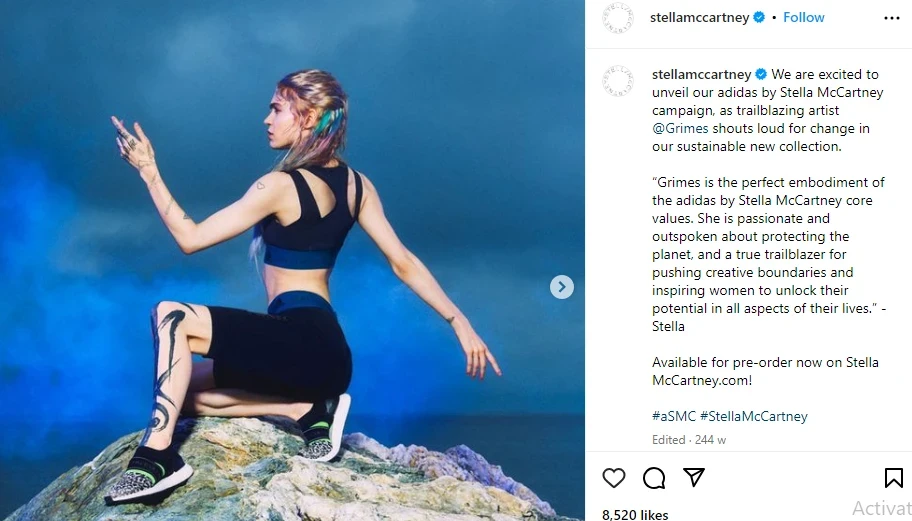
This shows that identifying the right demographics for your luxury brand and satisfying their needs could significantly boost sales.
3. Merge online and in-store luxury experiences
Many luxury brands have tried and failed to replicate their in-store customer experience online. Some feel ecommerce devalues their brand prestige by making it less exclusive and accessible to all; others, like Chanel, believe ‘to be able to wear Chanel clothes, you need to try them on.’
For this reason, Chanel has a “contact advisor” rather than the typical “add to cart” CTA to maintain their offline standards.
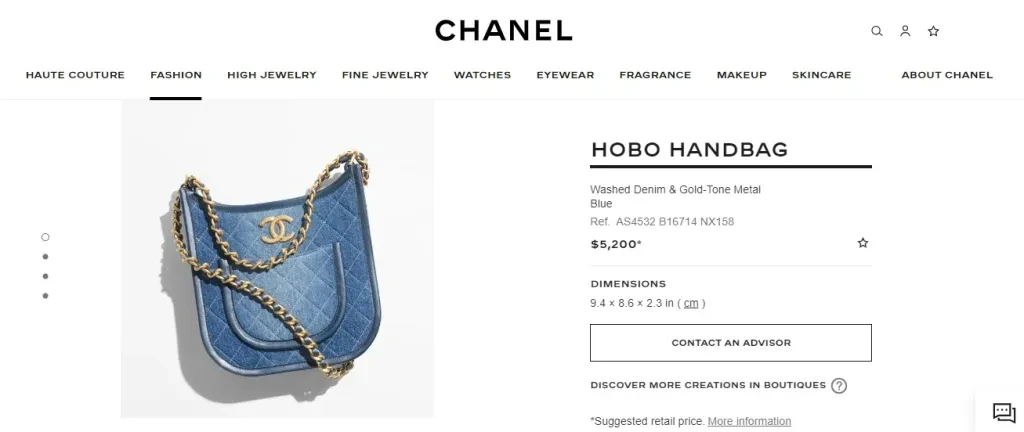
But here’s the thing: digital and physical retail lines are blurring rapidly.
“American luxury shoppers increasingly view online channels as a legitimate and trusted source for luxury purchases,” says this McKinsey Insights report. Eighty percent of respondents shop online because it is convenient. And 63% do so to avoid being pressured by salespeople.
To cater to both sides of the divide, you must find innovative ways to merge the online and in-store experiences into one seamless omnichannel journey.
One approach is leveraging augmented reality (AR) and virtual try-ons. Warby Parker, for instance, allows customers to virtually “try on” different eyeglass frame styles from the comfort of their homes using just their smartphone camera and facial mapping technology.
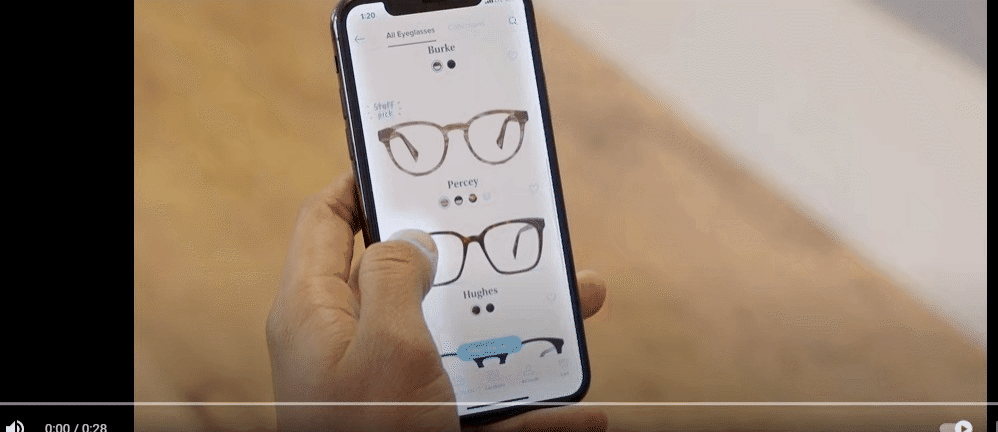
Similarly, cosmetic brands like L’Oreal and Estée Lauder now offer AR makeup try-on apps.
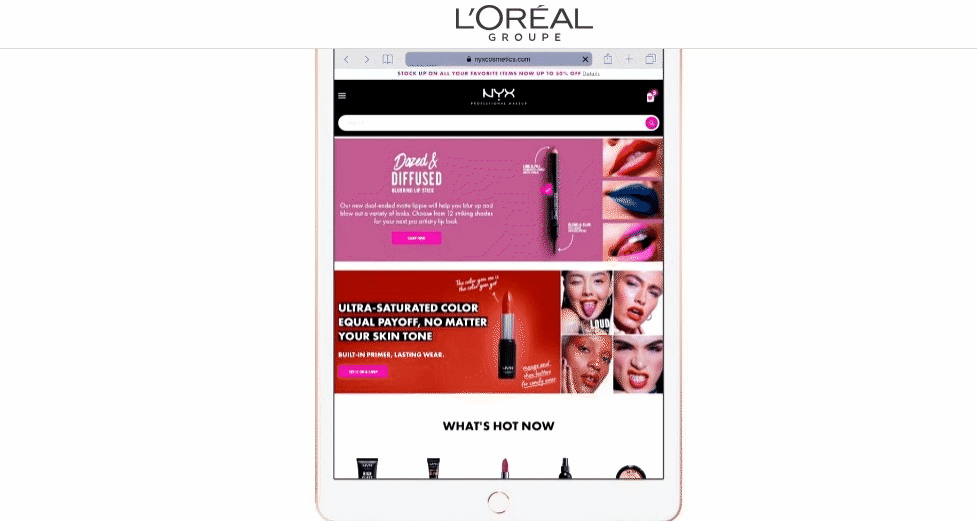
Integrating this immersive technology into your luxury brand website or app will replicate the in-store try-on experience customers expect in opulent boutiques.
Online or offline, high-end shoppers consider product availability an important factor. Hence, stock availability must be consistent across online and physical stores.
For a truly luxurious customer experience, show inventory status from local stores in the product catalog and allow customers to reserve items online for in-store pickup (BOPIS) or vice versa (buy online, ship to store for try-on).
You could also provide an option to join a digital online waitlist for popular items, notifying them when they become available in-store.
Lastly, apply machine learning algorithms to analyze reams of customer data — purchase histories, browsing behavior, body measurements, style preferences, etc. Using these insights, you can provide hyper-personalized expert product recommendations as those from a store.
4. Integrate omnichannel touchpoints
Omnichannel touchpoints refer to the interaction points between you and your customers across multiple channels such as in-store, online, mobile, social media, or over the phone.
The goal of integrating different touchpoints is to provide a seamless and consistent premium shopping experience regardless of the channel your customers choose to engage with you.
This reinforces brand identity and enables customers to start their journey on one platform and complete it on another without disruption.
The footwear company Nike is one brand that does omnichannel retailing really well. They have various digital apps like the Nike Training Club, the Nike mobile app, and the SNKRS app designed to keep customers within their ecosystem.
The Chief Strategy and Transformation Officer at Nike, Daniel Heaf, confirmed it in a media event as reported by Marketing Dive, “We are using digital services to create a Nike distinctive experience that blurs the line between digital and our stores.”

Nike’s membership program plays a pivotal role in enabling this omnichannel strategy. The brand uses the data from its membership program to make recommendations and offer content on Nike’s training apps.
To integrate omnichannel touchpoints into your luxury retail business, identify the channels your customers use at different points in their customer journey—from awareness to loyalty.
Collect and analyze data at each touchpoint using tools like SurveyMonkey and Zendesk to help you tailor recommendations, promotions, and content based on individual preferences and behaviors to enhance the luxury experience.
Also, ensure the luxury experience reflects your brand’s value and image across all touchpoints.
5. Provide after-sale services
Making a good impression doesn’t end with the exchange of goods for money. Providing after-sales services is crucial for cultivating customer loyalty.
You can offer customized delivery, including handwritten notes, exquisite gift wrapping, complimentary accessories, and flexible delivery time slots.
Shoppers often see luxury items as assets or long-term investments they want to protect, maintain, and enjoy. Hence, provide repair services to uphold the quality and durability of your products.
Take a cue from the French luxury design house Hermès. They offer maintenance and repair for Hermès products obtained from any of their outlets.
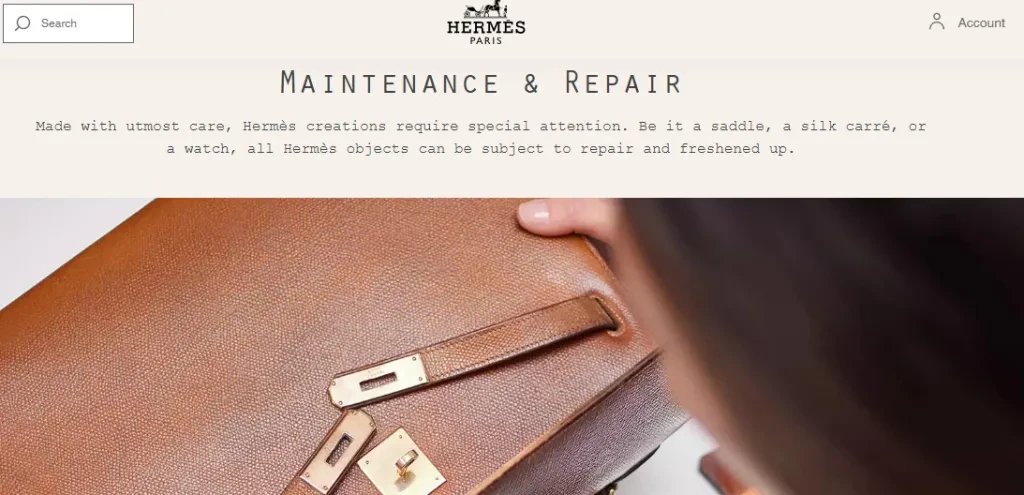
This demonstrates their commitment to customer satisfaction and product longevity. It also creates a sense of loyalty and trust among their customers.
You can offer free repairs at a discounted rate or as part of a warranty package. Such gestures contribute to a positive customer experience, enhance trust, and boost repeat purchases and referrals.
A memorable luxury retail experience is beyond the product
Luxury buyers don’t just purchase for the product’s benefits but to indulge in the prestige, status, and superior feeling associated with the brand.
To deliver these experiences, prioritize the emotion your products convey, understand your customers’ desires, build a strong brand identity across multiple channels, and offer after-sales service to aid memorability.
Also, ask for customer feedback to ensure your product meets expectations and continues to improve.
